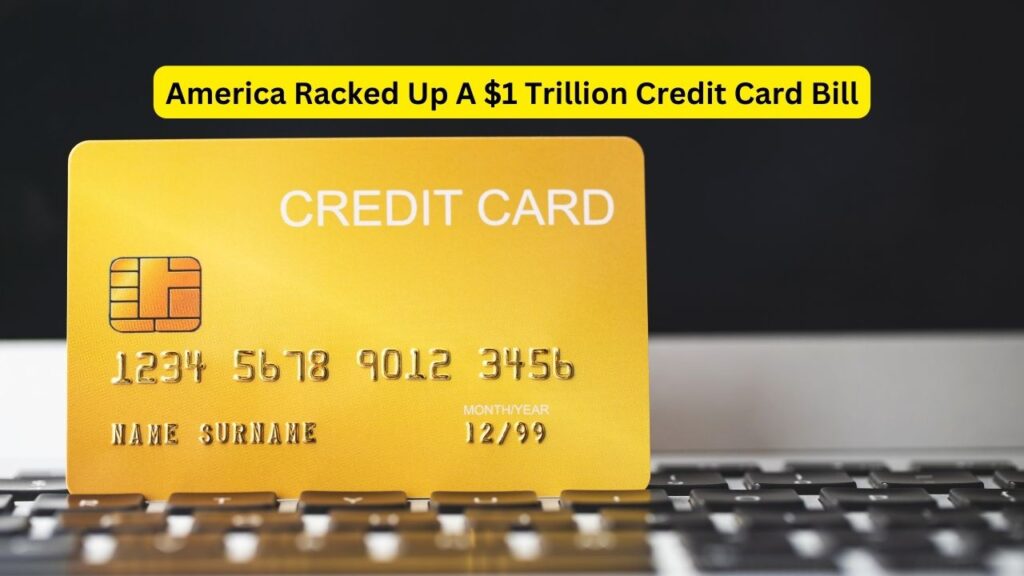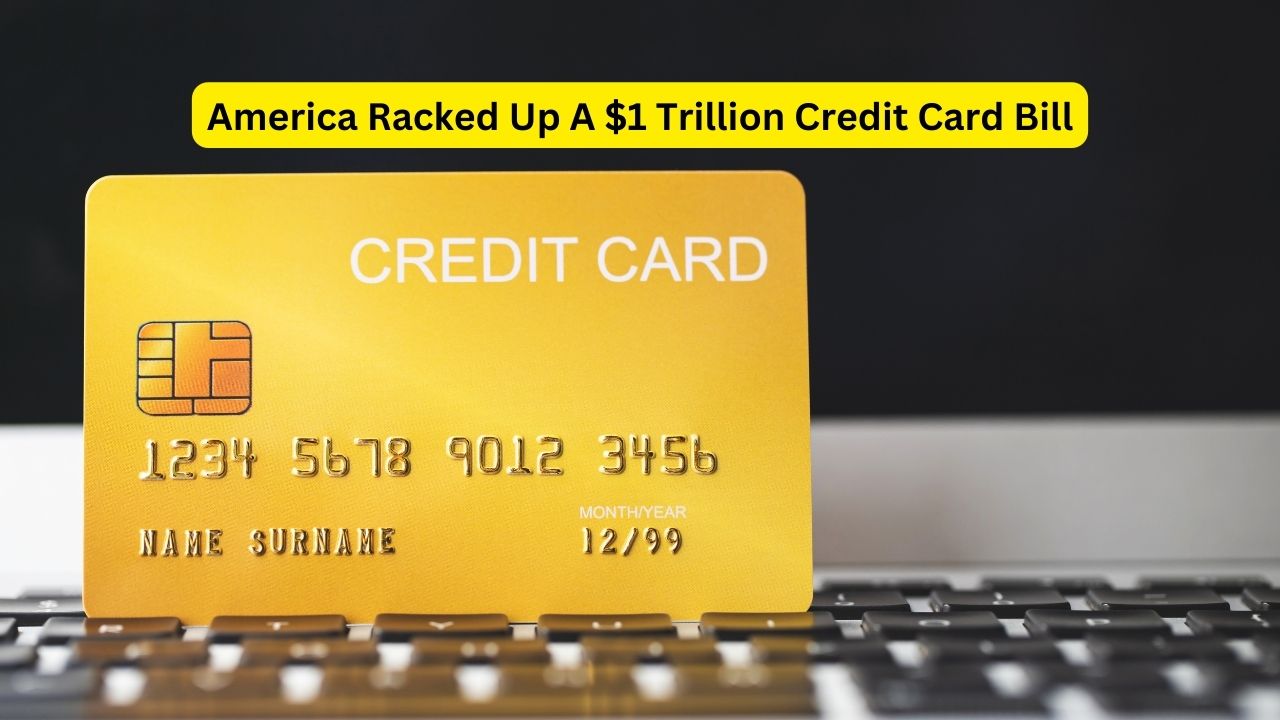America Racked Up A $1 Trillion Credit Card Bill – American Consumers Face Rising Credit Card Debt Amid Recession – The US economy has been on recession watch for months now, and so far, the all-important American consumer has been holding strong. However, consumer resilience is about to be tested as Americans now carry more than $1 trillion in credit card debt going into the holiday shopping season.
The Federal Reserve’s rate hikes have caused average interest rates for credit cards to spike to more than 22%. Rates on retail credit cards are even higher, nearing 29% on average. Despite this, the holiday season shows no signs of a slowdown as each shopper is prepared to spend almost $900 on average this year, according to an NRF survey.
The state of the consumer will be in focus in the post-holiday season, as economists will want to know if American consumers can handle racking up a record amount of credit card debt and if it will lead to more delinquencies.
This is the first time credit card debt has topped $1 trillion in America. That amount includes both revolving balances and balances paid off at the end of the billing cycle.
Consumers are increasingly reliant on credit cards to finance purchases of everyday goods and services, and that’s because they’re just getting a lot more expensive. At the same time, their wages are not increasing at the same pace as inflation, making it more challenging for consumers to pay down that debt.
The excess savings that Americans lined their pockets with during the COVID-19 pandemic are largely now spent. High inflation and interest rates have made everything more expensive. Normal costs like groceries, gas, and housing are all rising. Add in the resumption of student loan repayments and it’s creating the perfect rising debt storm.
Americans are skipping out on some of their credit card payments because household budgets are squeezed due to higher borrowing costs. Another factor for the rising debt is the increase in credit card users. More than 70 million new accounts have been opened since 2019.
Credit cards can be like power tools. They could be really useful, or they could be dangerous. It’s all about how you use them. Typically, after the holiday season, credit card debt levels drop as consumers pay down their shopping balances. But at the start of 2023, it remained unchanged, and now shoppers are prepared to spend even more than in 2022.
Holiday shoppers do plan to spend about $40 more than they did last year, and that could be in part because of higher prices in some categories. There is still this deal-seeking mentality for items, and so that may mean that people are going to look for whatever is on sale, along with seeking newness.
Americans planning to flood the mall with their retail credit cards may be shocked when the bill comes because those cards are carrying a higher interest rate than years prior. Some are starting to rise to rates that only subprime borrowers see rates exceeding 33%. Some retailers have already noticed that credit card delinquencies have ticked up, and that may mean that people are struggling to make payments which could again be a warning sign.
Big box retailers like Macy’s and Nordstrom already flagged a slowdown of repayments on their credit cards over the summer, showcasing a potential risk to retail revenue this season.
The average consumer has around a $6,000 credit card balance, $400 to $600 monthly student loan payments, high rent, and car loan payments. Americans may wonder if it’s even possible to keep their heads afloat.

A tip for credit card debt payoff is to get a 0% balance transfer card, so you move your existing high-cost debt to this new card with a 0% promotional rate. Credit card balances saw the largest increase of all debt types this year, $45 billion. And compared to other debt types, credit cards typically hold the highest interest rates. Any extra money should probably go to the credit card, just because that’s likely to be your highest-cost debt by a wide margin.
A boon for consumers may come from Congress capping the credit card interest rates act. If passed, the bill would cap APR for credit cards at 18%. Prevent credit card companies from imposing new fees to evade the cap, and impose penalties on credit card companies that violate the cap. But all eyes are still on the Fed. We’re not sure where the Federal Reserve is going to be taking interest rates next. If they continue to hike rates, it could be more difficult for borrowers to pay down the debt. If they reduce interest rates, however, it will take some pressure off consumers and they might be able to start making more consistent payments and reduce those delinquency rates.

